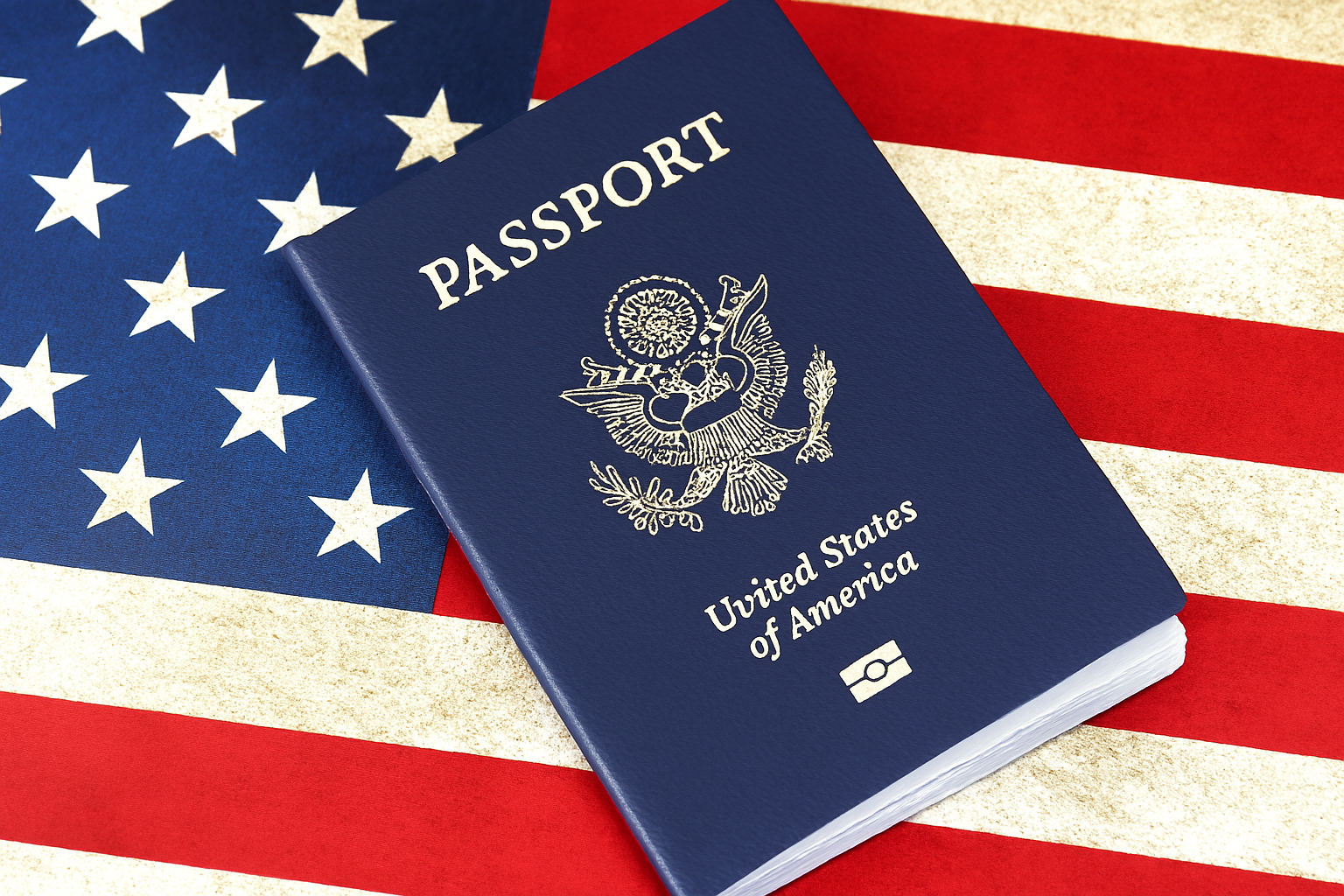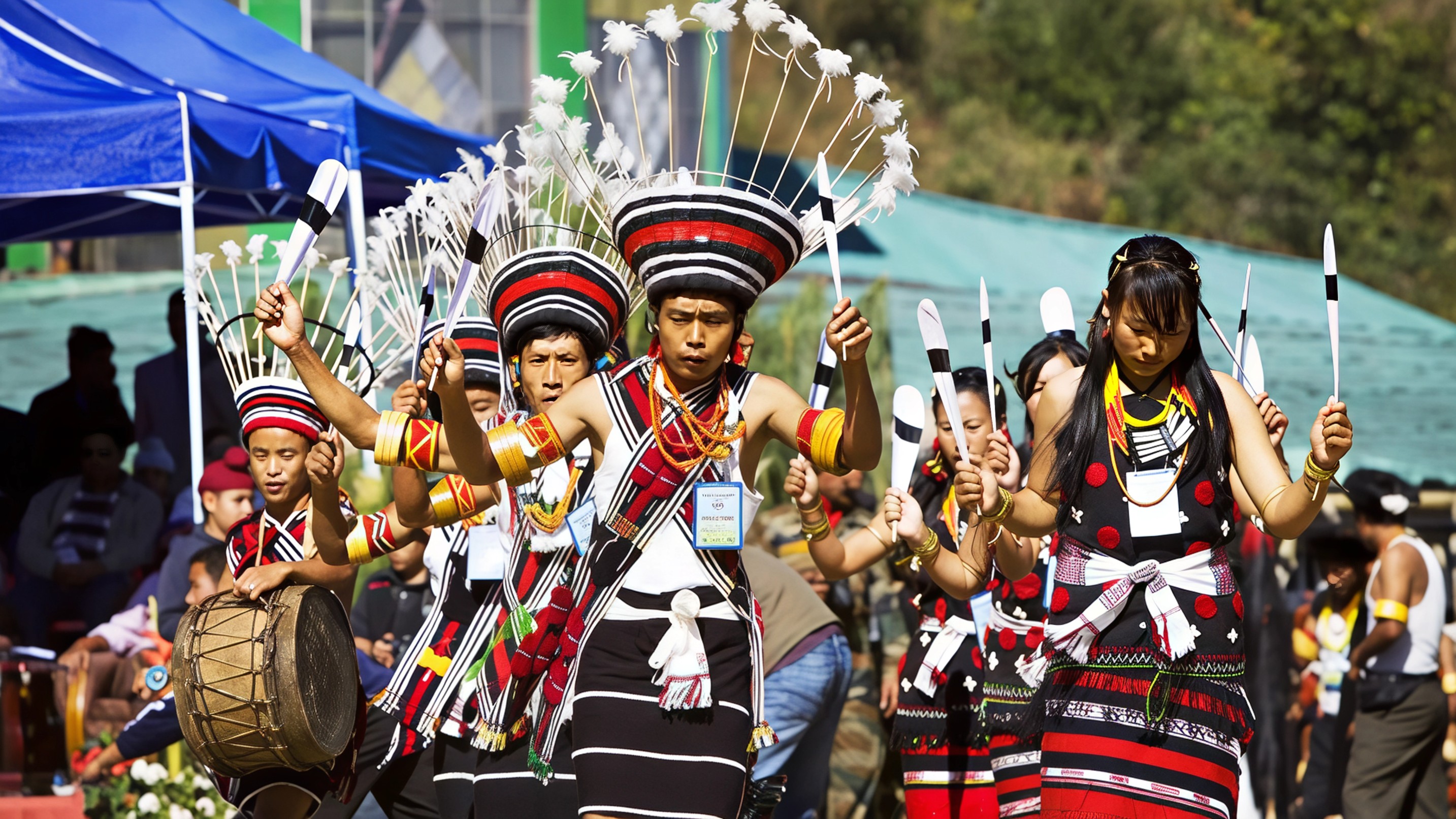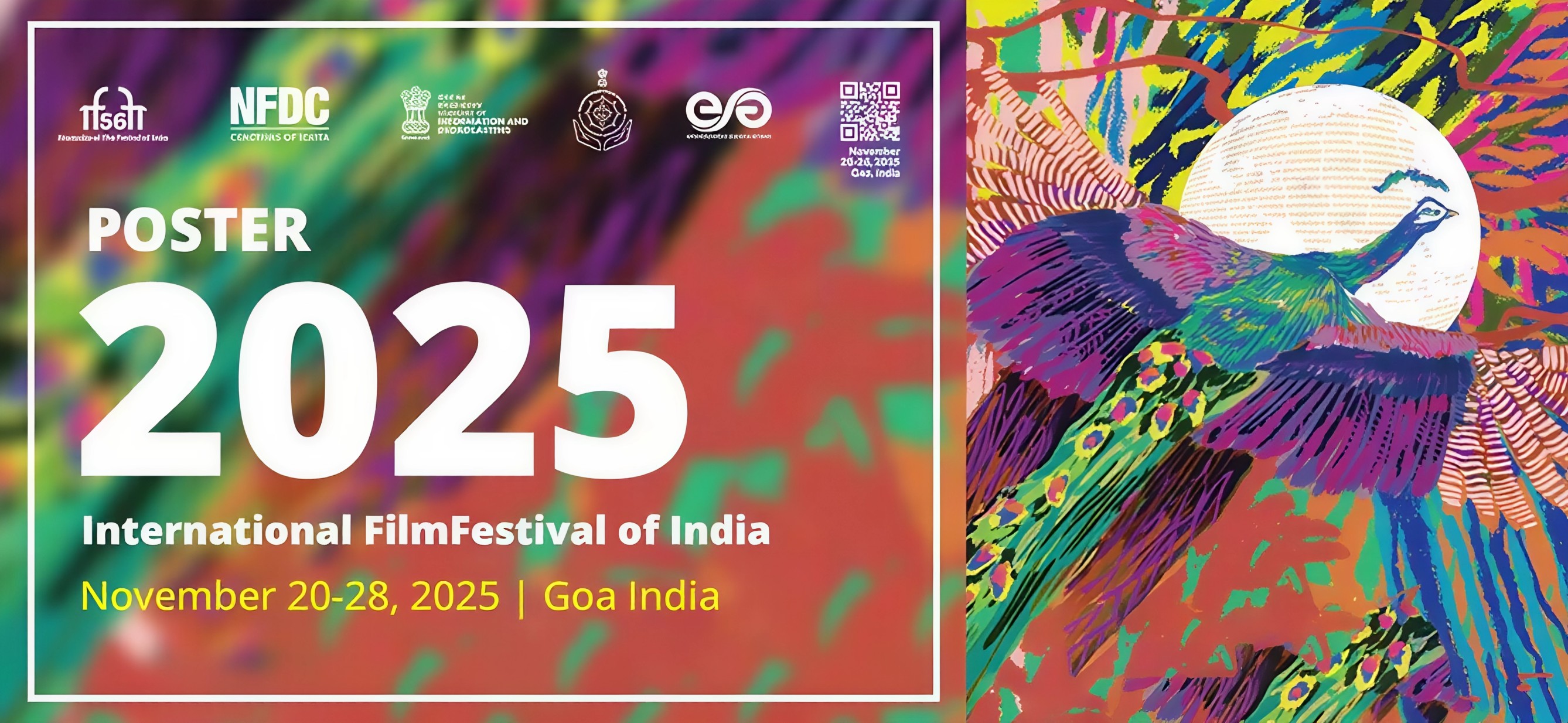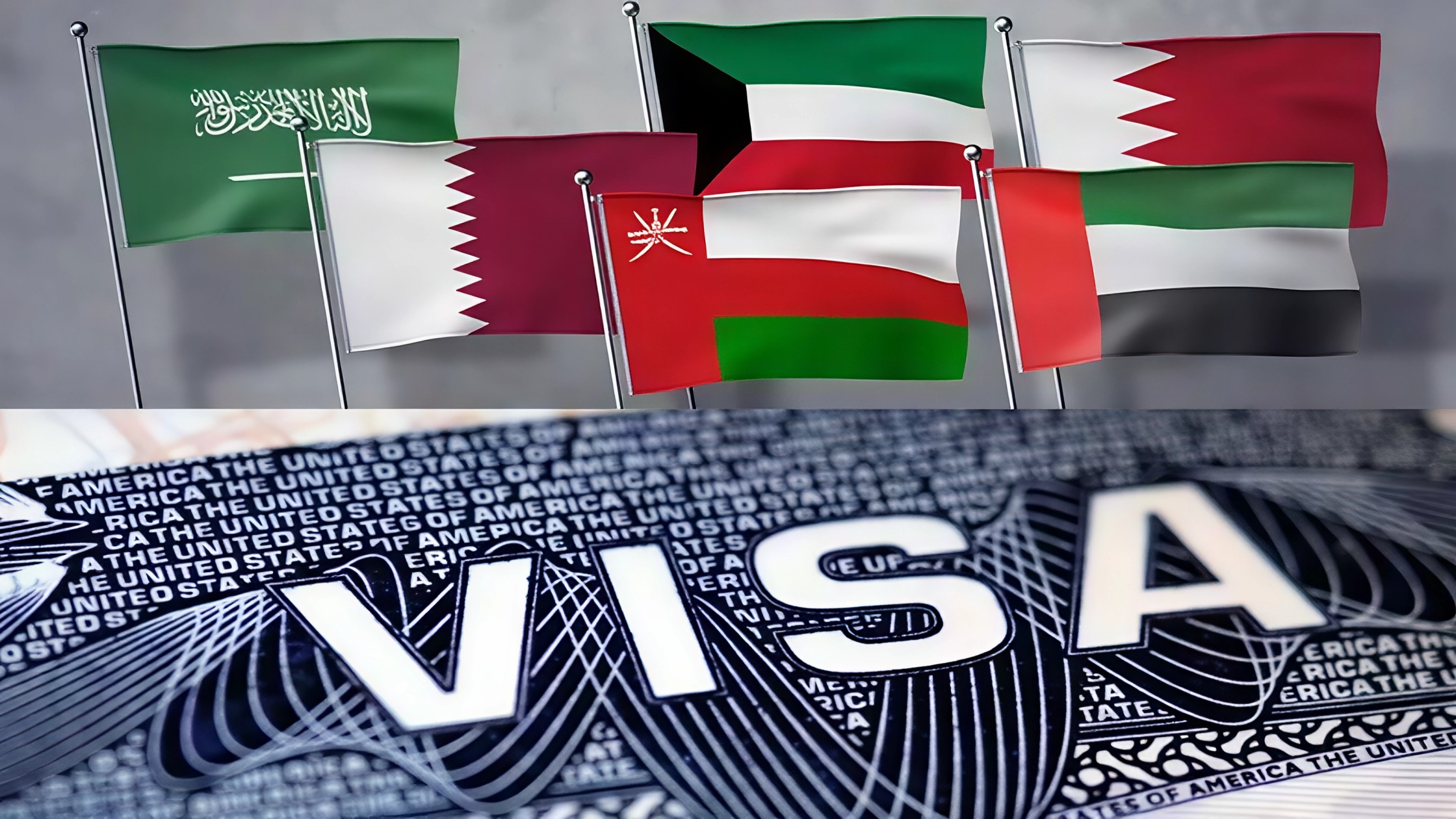In a move that could significantly impact international travel, especially for visitors from developing nations, the United States is set to implement a one-year pilot programme beginning August 20 that will require some B-1 and B-2 visa applicants to pay a security bond of up to 15000 dollars. The US Department of State confirmed that the decision targets applicants from countries with a high rate of visa overstays and limited screening measures. While the official list of countries has not yet been released, this rule is expected to influence a large portion of tourists and business travellers from Asia and Africa.
This bond system is aimed at discouraging travellers from overstaying their visas and encouraging stricter compliance with immigration rules. The refundable bond amount may vary between 5000, 10000, and 15000 dollars, depending on each case. Travellers who exit the US within the allowed visa duration will receive their bond amount back. Those who overstay will forfeit the bond entirely.
According to the State Department, the decision is also intended to serve a diplomatic purpose. By applying additional scrutiny to applicants from certain countries, the US hopes to push foreign governments to improve their own screening processes and identity verification systems. The move echoes a similar proposal introduced in 2020 during President Trump’s first term, which was eventually shelved due to the COVID-19 pandemic and a sharp drop in international travel.
Although the updated pilot programme is expected to launch officially on August 20, it has already triggered concern among travel agencies, immigration experts, and foreign governments. Critics argue that this could be one of the highest visitor visa-related financial requirements in the world, acting as a deterrent for travellers who already face long waiting times and high application fees.
For Indian travellers, this development comes at a time when visa wait times remain lengthy, and travel to the United States has been steadily recovering. If India is included in the list of targeted countries, the bond requirement could mean a substantial added cost for tourists, business visitors, and families planning short-term trips. However, the US government has not confirmed whether India will fall under the purview of this rule.
The pilot programme does not apply to travellers from countries covered under the Visa Waiver Programme. Additionally, there may be case-by-case waivers for those who can demonstrate strong travel histories or provide sufficient justification. However, all travellers subject to the bond must enter and exit through specific ports of entry, which will be announced before the programme officially begins.
Aside from the financial burden, the policy has also reignited debate around the current climate of immigration enforcement and border control in the United States. Reports suggest that since early 2025, more travellers, including visa holders and permanent residents, have faced unexpected questioning or even denial of entry at US airports. Tourism bodies have warned that policies like this one could contribute to a continued decline in global inbound travel to the US, which is already seeing lower international arrivals compared to previous years.
In March 2025 alone, the US reported an 11 percent year-on-year decline in overseas visits. A combination of stricter scrutiny, rising entry costs, and policy uncertainty has left travellers rethinking plans. For many, the dream of visiting America now comes with more financial and psychological baggage than ever before.
Whether this pilot programme becomes permanent depends on its results and the political climate over the next year. For now, travellers are advised to stay informed, keep an eye on embassy updates, and understand all requirements before applying for a visa.
For all travel updates, visa news, and safety advisories, follow Travel Moves on Instagram and Facebook. Stay informed before you fly.








